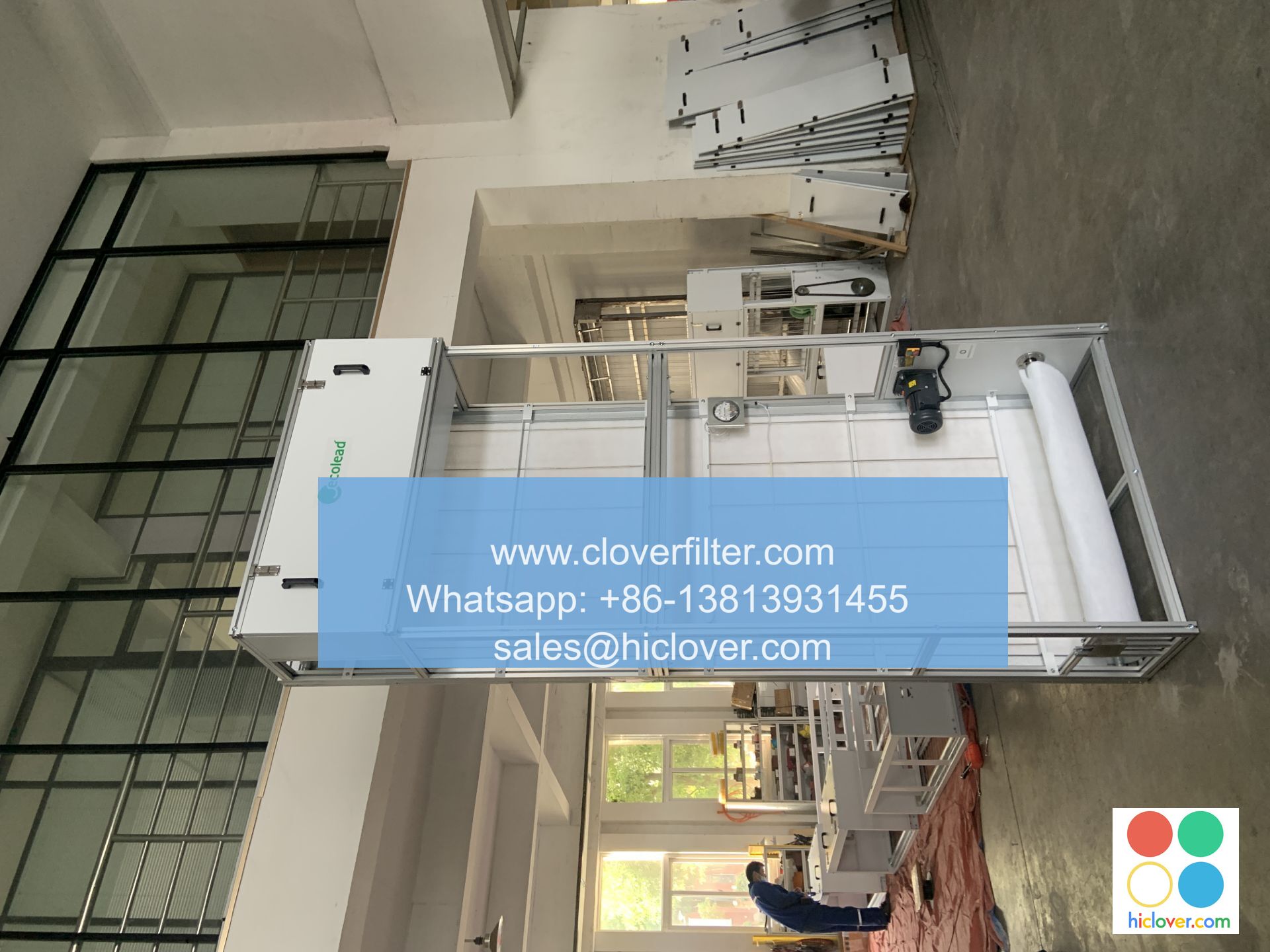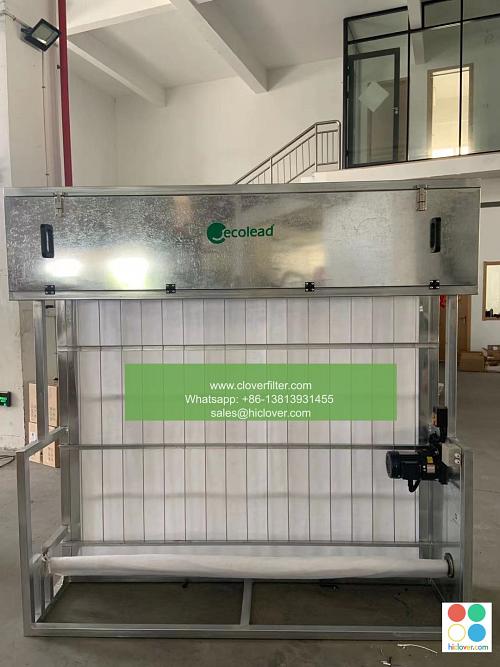The Link Between Air Filters and Mold and Mildew Growth

Air filters are an essential component of any heating, ventilation, and air conditioning (HVAC) system, playing a crucial role in maintaining indoor air quality (IAQ) and preventing the growth of mold and mildew. However, when air filters become clogged or dirty, they can inadvertently create an environment that fosters the development of these microorganisms. In this article, we will explore the link between air filters and mold and mildew growth, highlighting various application areas and emphasizing the importance of regular filter maintenance.
How Air Filters Contribute to Mold and Mildew Growth
Mold and mildew thrive in damp, humid environments, and air filters can contribute to their growth in several ways. When air filters become saturated with moisture, they can become a breeding ground for mold and mildew spores. This can occur when the filter is not designed to handle high humidity levels or when it is not properly maintained. Furthermore, if the air filter is not replaced regularly, it can become a reservoir for mold and mildew spores, which can then be circulated throughout the building, exacerbating indoor air quality issues.
Application Areas: Residential, Commercial, and Industrial Settings
The link between air filters and mold and mildew growth is relevant to various application areas, including:
* Residential settings: Homes with poor ventilation, high humidity, or water damage are more susceptible to mold and mildew growth. Regular air filter maintenance is essential to prevent the circulation of mold and mildew spores.
* Commercial settings: Offices, schools, and hospitals require well-maintained air filters to prevent the spread of mold and mildew. This is particularly important in healthcare settings, where patients may be more vulnerable to mold and mildew-related illnesses.
* Industrial settings: Manufacturing facilities, warehouses, and other industrial environments often have unique air quality challenges. Regular air filter maintenance is critical to preventing mold and mildew growth, which can damage equipment and compromise product quality.
Prevention and Mitigation Strategies
To prevent mold and mildew growth, it is essential to implement effective prevention and mitigation strategies, including:
* Regular air filter maintenance: Replace air filters regularly, ideally every 1-3 months, depending on the manufacturer’s recommendations and environmental conditions.
* Proper air filter selection: Choose air filters that are designed to handle high humidity levels and are resistant to mold and mildew growth.
* Improved ventilation: Ensure that buildings have adequate ventilation to prevent moisture buildup and reduce the risk of mold and mildew growth.
* Humidity control: Implement humidity control measures, such as dehumidifiers, to maintain optimal indoor humidity levels.
Conclusion
The link between air filters and mold and mildew growth is a critical consideration for maintaining indoor air quality and preventing the spread of these microorganisms. By understanding the connection between air filters and mold and mildew growth, individuals can take proactive steps to prevent and mitigate the risks associated with poor air filter maintenance. Regular air filter maintenance, proper air filter selection, improved ventilation, and humidity control are all essential strategies for preventing mold and mildew growth in residential, commercial, and industrial settings. By prioritizing air filter maintenance and indoor air quality, we can create healthier, more comfortable environments for everyone. It seems like you didn’t include a prompt. Could you please provide more details or clarify what you are looking for? I’m here to help with any questions or topics you’d like to discuss.

